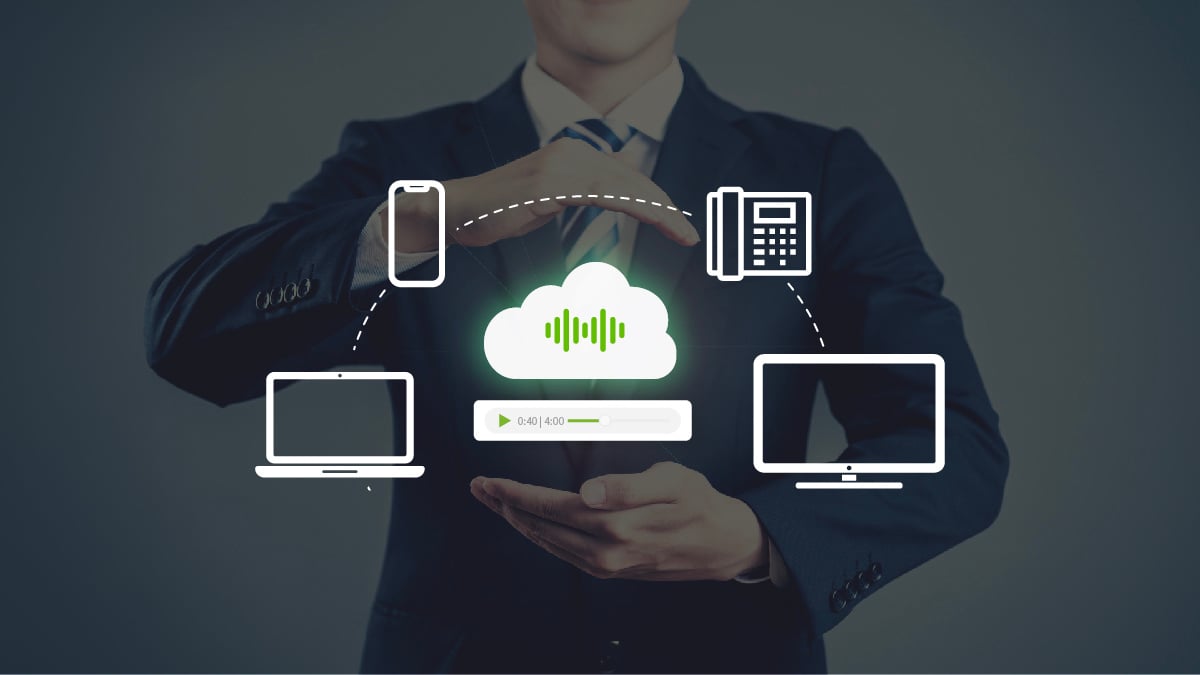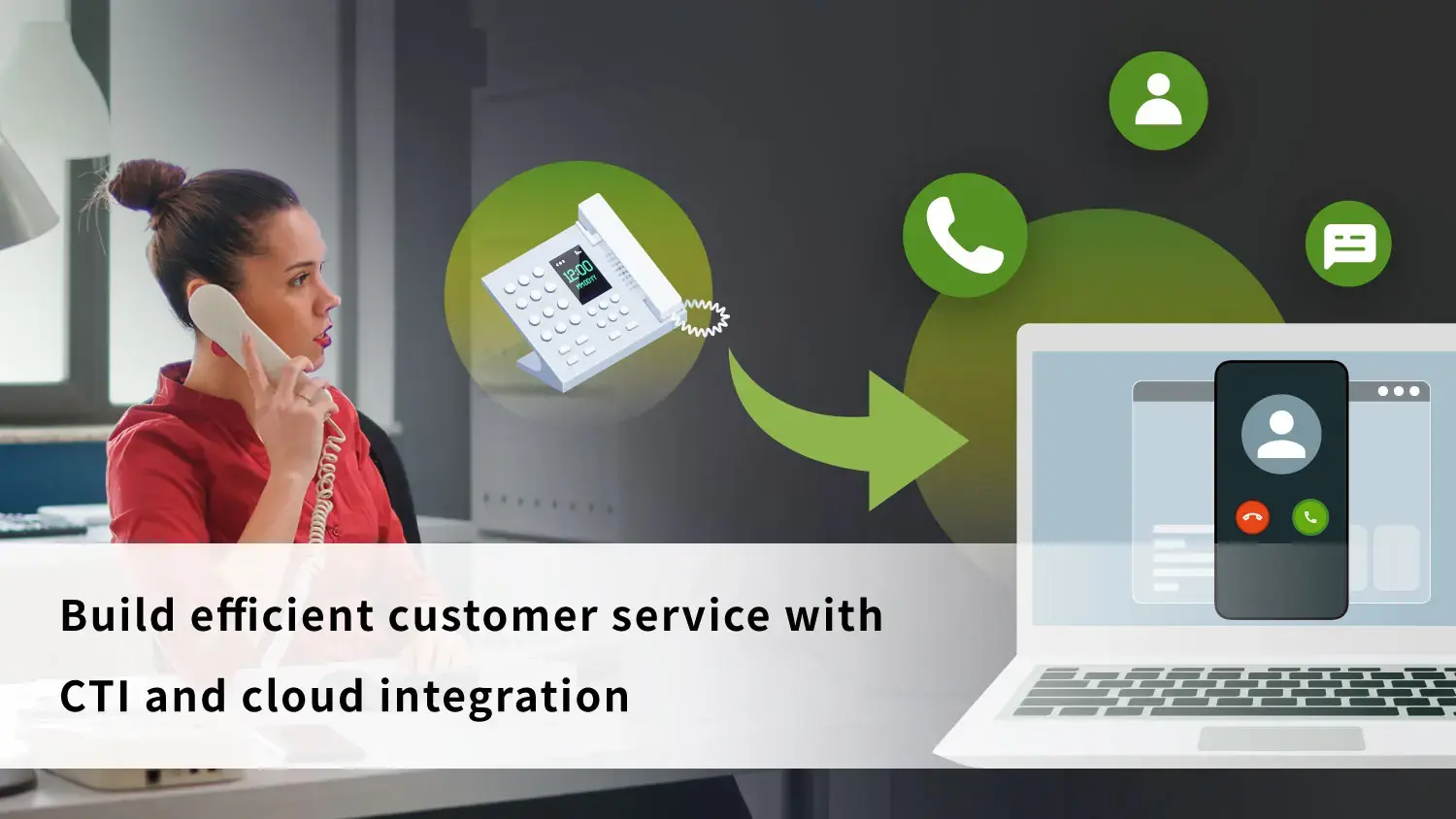Learn key benefits of call centers, cloud contact centers, and CRMs to find your 2025 tool. Improve customer experience and grow a competitive business.

Types of customer service systems
As demand rises for swift, personalized support, organizations require robust customer service platforms to elevate the overall experience. There are three primary types of customer service systems, which address varying operational needs.
Call Center
Traditional call centers focus on managing high call volumes using features like IVR (Interactive Voice Response) and ACD (Automatic Call Distribution). While their functions are limited, call centers were once the gold standard for top-tier enterprises and government agencies. Their fast, direct, and human approach still appeals to some organizations today.
Cloud Contact Center
With rapid advances in communication technology, cloud contact centers are gradually replacing traditional call centers. A successful cloud contact center offers an omnichannel experience, integrating various communication channels such as phone, social media and live web chat. This allows businesses to maintain a seamless and consistent customer interaction record, no matter which channel the customer uses. Simply offering multiple channels without integrating them does not qualify as a true omnichannel contact center.
CRM System
CRM systems focus on organizing and using customer data. They collect interaction history, sales activities, order tracking and post-sale support to help businesses better understand customer needs. This allows for highly personalized communication and improves the customer journey across pre-sale, in-sale and post-sale stages — ultimately boosting brand loyalty and stimulating repeat purchases.
Whether it's a call center, contact center, or CRM system, the goal is always to improve operational efficiency and customer satisfaction. Before choosing the right system, it's crucial to understand which customer communication channels your business relies on. This will help you build a solution that truly fits your needs.
Channels you can use to connect with customers
Today’s customer service is no longer limited to just one channel. To provide a smooth and efficient experience, businesses need to know how to use various communication tools effectively. Below are five common external communication channels and their key features.
PBX system
Phone calls still offer the fastest and most direct way to solve customer issues, especially when dealing with urgent or emotional situations. In recent years, some companies have enhanced their PBX systems using CTI (Computer Telephony Integration). With digital transformation, cloud PBX systems have become an even more flexible and convenient choice. Cloud PBX systems save on hardware and IT maintenance costs while offering mobile extensions, call recording, data analysis, multi-site expansion and system integration features to improve business communication.
Social media
As platforms like Facebook, Instagram, and LINE become more popular, they’ve also become essential for customer communication. LINE CRM and social CRM tools are gaining traction, allowing businesses to reply automatically, use chatbots, and hand off messages to human agents when needed. These tools can also support team task management, helping agents respond more efficiently across channels and making customer communication much easier.

Web call
Using VoIP technology, companies can add call buttons directly on their websites. This allows users to make calls from their browser without remembering phone numbers or paying call fees. This added convenience increases the likelihood that customers will initiate contact. For companies, traditional 0800 numbers often require high deposits and result in increased costs during peak times. EVOX Connect Web Call offers flat rates, helping businesses with anticipated low communication costs.
Email is a more formal channel and is ideal when sharing attachments or handling detailed customer issues. It's useful for tasks like confirming contract terms or sending technical files. When paired with automation, email can also support follow-ups, satisfaction surveys, and other routine tasks while ensuring that important information is not missed.
Self-service
Millennials and Gen Z customers prefer solving problems on their own by searching online. If a company builds a centralized platform that includes FAQs and tutorial videos, customers can find solutions quickly and easily. This reduces the workload for support staff and helps customers get the answers they need without waiting.
The new era of customer service systems
To meet rising customer expectations, the new generation of customer service systems must support all communication channels and integrate AI technologies. This will help businesses gain deeper insights and operate more efficiently.
Omnichannel integration: Creating a seamless customer journey

Modern systems combine multiple channels — phone, social media, and web calls — into one unified platform. This allows service teams to easily switch between channels and access full interaction histories, ensuring consistent service quality no matter how customers reach out.
AI collaboration: Boosting both efficiency and personalization
Advances in generative AI and large language models (LLMs) enable systems to better understand natural language and deliver more intelligent, personalized support. AI assistants can extract key information, search for relevant data and suggest responses to help agents reply quickly. Features like call summaries and automatic ticket creation further reduce workload. As AI continues to learn and improve, it will play a central role in enhancing service performance.
Sentiment and conversation analysis: Gaining deeper insights
Sentiment analysis helps teams detect customer emotions in real time and adjust responses accordingly to prevent conflicts. Conversation analysis records and interprets each interaction to identify patterns and suggest improvements — for example, understanding the reason behind longer call durations. These insights can also be used in staff training to raise service quality.
Cloud system integration drives greater synergy
When choosing a customer service system, businesses should look beyond individual features and consider the benefits of cloud integration. For instance, integrating Teams calling helps connect business numbers with internal tools, improving workflow. Using Whoscall verified business caller ID can increase customer trust and answer rates. EVOX services can also connect with existing CRM systems like Salesforce, Hubspot, or Vital CRM to unify customer data. By combining these cloud tools, businesses can enhance service quality, streamline internal and external operations and build a more competitive business model.






